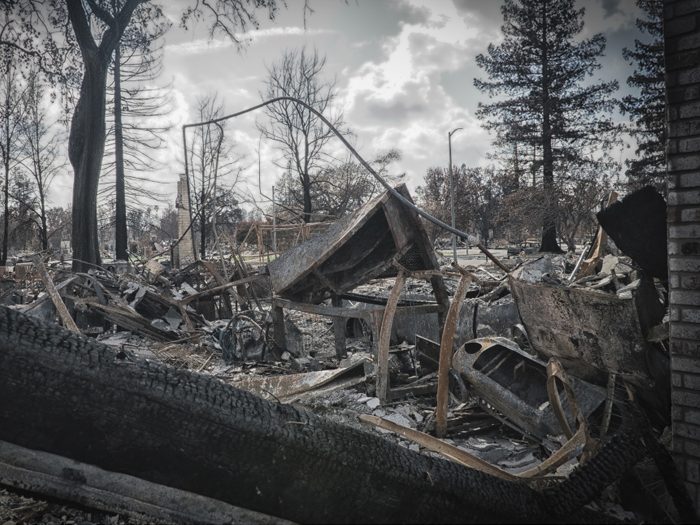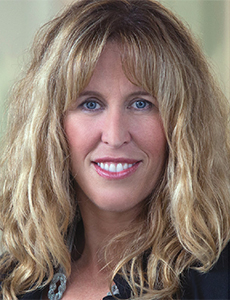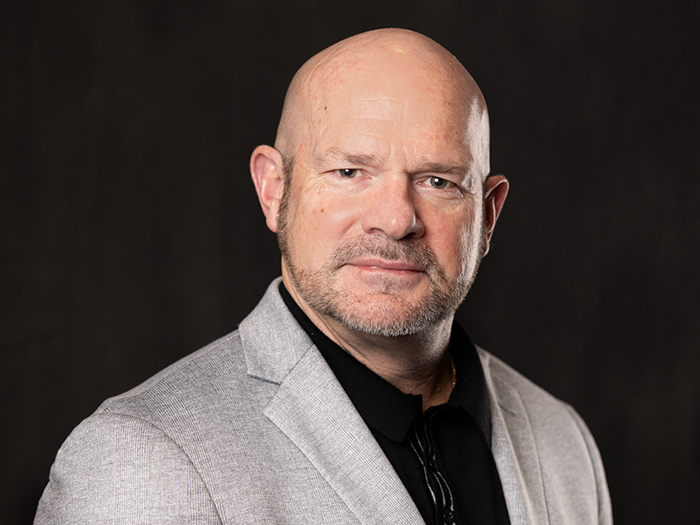How California Lawmakers Got Wildfire Risk Management Right

With the support of major national and state property and casualty insurers, the California legislature passed a sweeping reform of utility company liability triggers at the end of August.
Governor Jerry Brown is expected to sign Senate Bill 901 even though he originally supported a different measure. By most accounts, SB-901 is a rare example of thorough inquiry and balanced legislation.
A Trend in Defining Liability
Because of, or perhaps despite, strong contending forces, the state Public Utility Commission (PUC) sought clarity on its authority to apportion liability when utilities are held responsible for losses, especially from wildfire. Utilities were seeking relief from inverse condemnation, the mandate that holds them strictly liable for damages.
Utilities, including Pacific Gas & Electric (PG&E), are facing massive claims and possible criminal investigations from the 2017 wildfires, raising the specter of bankruptcy. Property owners and consumer groups, on the other hand, did not want for-profit power companies to be allowed to transfer their liabilities onto rate payers.
There are similar issues in the U.S. of publicly-traded companies seeking to manage their risks by shifting them away from shareholders and onto customers. In North Carolina, for example, utilities demand that rate payers submit to a credit check before starting new service or else post a heavy deposit. Credit-card issuers and many online vendors require customers to waive legal rights and submit to arbitration in disputes.
With major hurricanes again battering the southeastern U.S., the balance between public and private liability for resilience is at the fore. Six years after Hurricane Sandy, disputes are still raging in coastal communities of New Jersey, where owners of waterfront property are resisting state and local efforts to build dunes and other natural barriers.
Managing Growing Natural Hazards
Management of natural hazards was at the core of SB-901. While the legislation was crafted to address complex legal and financial issues, important provisions overhaul how woodlands are managed in an era of climate change.
In a letter to the state senate wildfire conference committee, six insurance associations supported SB-901: American Insurance Association (AIA), National Association of Mutual Insurance Companies, Pacific Association of Domestic Insurance Companies, Personal Insurance Federation of California and Property & Casualty Insurers Association (PCIA). They collectively represent more than 95 percent of the residential and commercial market in California.
“… vegetation management is critical to prevention. We have got to get the dead wood out.” — Katie Pettibone, VP, western region, AIA
“The fires throughout the state illustrate the importance of focusing on how to manage and reduce fuel in what appear to be longer and hotter fire seasons,” the letter stated. “We reiterate our members’ strong support for meaningful measures, like those in SB-901, to address this need.”
If SB-901 becomes law, “we hope forest management will improve,” said Mark Sektnan, vice president of state government relations at PCIA.
“The big thing was PG&E trying to change its legal liability. Now … we can move forward with the subrogation cases already filed.”
The size and severity of last year’s fires brought the issues to a head: “For years, the most costly event was the Oakland fire of 1991, with losses of $2.9 billion,” Sektnan said.
“In just the last 18 months, we have broken the record for largest fire in geographic area three or four times. And the losses from the North Bay and Thomas fires together are about $12 billion, including the associated mudslides. The scope of those surprised everyone.”
The Thomas Fire of December 2017 burned more than 280,000 acres and is the largest since the California Department of Forestry and Fire Protection, known as Cal Fire, began compiling its list in 1932.
Two months earlier, the 14 blazes known as the North Bay Fires were the deadliest. They burned more than 213,000 acres and 5,700 structures, and killed 41 people, according to Cal Fire.
Katie Pettibone, vice president of the western region for AIA, emphasized the significance of natural hazards.
“The conference committee established that vegetation management is critical to prevention. We have got to get the dead wood out.”
In December 2017, the U.S. Forest Service announced an additional 27 million trees, mostly conifers, died throughout California since November 2016, bringing the total number of trees that have died due to drought and bark beetles to a historic 129 million on 8.9 million acres.
“Ultimately all the components of the bill will reduce risk for wildfires in California,” said Pettibone.
“The questions still remaining are about the PUC. It was clear in the conference committee hearings that the PUC does not have the manpower it needs. Utilities basically self-certify that they are complying with regulations. It also emerged that PG&E is woefully under-insured.
“There is a commission that will study the costs, and there may be a fund for catastrophic fires that are not the result of negligence. The issue is still what these companies are doing to manage their risks.
“In California the courts have determined long ago that privately-owned utilities are quasi-government entities. They have a monopoly and guaranteed rate of return.”
They also have some recourse to eminent domain and, thus, strict liability.
Pettibone added that under its new president, Michael Picker, the PUC questioned its ability to apportion liability for losses if a utility were even 1 percent responsible.
SB-901’s Potential
By most accounts, SB-901 addressed that, as well as the other major issues. In reporting on August 31 that the bill had passed, the San Francisco Chronicle wrote, “Although SB-901 should ease fears that PG&E’s potential $17 billion liability from the fires could push the company into bankruptcy, it does not give the utility everything it sought.”
SB-901 would allow the state’s investor-owned utilities to issue cost-recovery bonds, to be repaid by charges on customers’ bills, if the PUC determines the utility employed reasonable fire safety practices.
Estimates indicate power customers would pay an extra $5 per year for every $1 billion in bonds issued.
“We supported SB-901 for many reasons,” said Sektnan. “Those included forest management, mutual aid, prepositioning of equipment and hardening of the grid.”
He also noted that while utilities were only responsible for one out of 10 wildfires historically, the state fire authority had referred 11 of the 16 utility-caused fires in 2017 to district attorneys for investigation of possible violations of state law. &










